Mammalia

Red Kangaroo
Macropus rufus

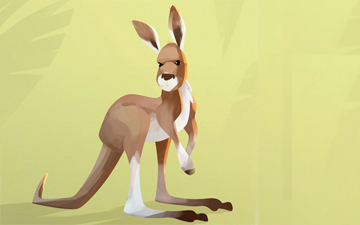
5 POINTS
• Macropus rufus has a MOVE of 2.
Macropus rufus’ legs work much like a rubber band. The males can leap over 9 metres (30 ft) in one leap.

Geoffroy’s Spider Monkey
Ateles geoffroyi

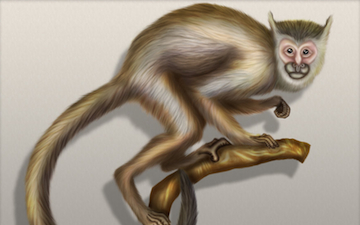
6 POINTS
• Ateles geoffroyi has a MOVE of 2.
Ateles geoffroyi is an excellent tree climber and has been known to leap over 30 feet between trees and branches.

Snow Leopard
Panthera uncia

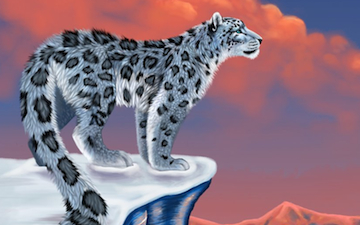
10 POINTS
• Panthera uncia has a MOVE of 2.
Snow Leopards can leap farther than any other cat, reaching distances of well over forty feet in a single bound.

Plains Zebra
Equus quagga

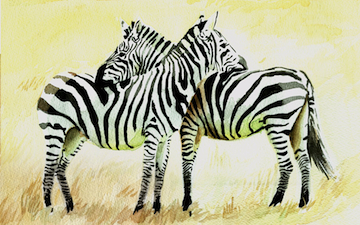
5 POINTS
• Equus quagga has a MOVE of 2. Equus quagga forms small groups called harems.

Baiji
Lipotes vexillifer

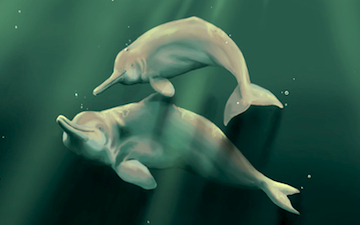
10 POINTS
Lipotes vexillifer has a MOVE of 2. The last known member of Lipotes vexillifer died in 2002, and the species is believed to be extinct.

Mandrill
Mandrillus sphinx


6 POINTS
Play: Mandrillus sphinx has a MOVE of 2.
Fact: The mandrill is recognized by its olive-colored fur and the colorful face and rump of males.